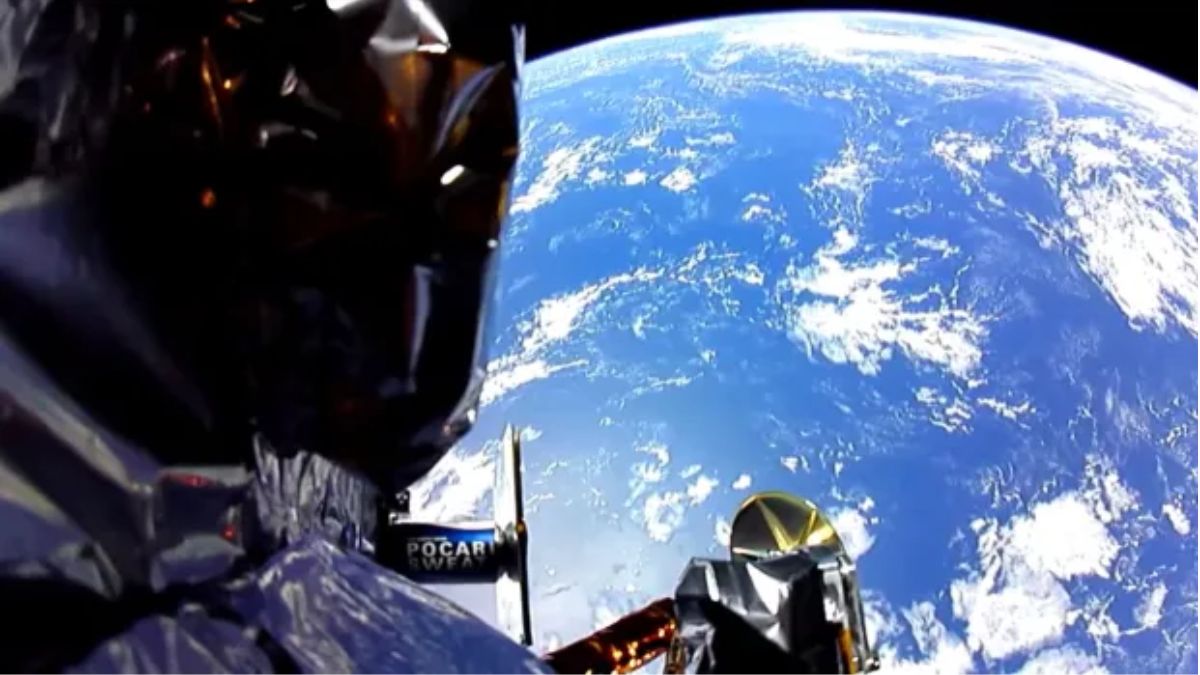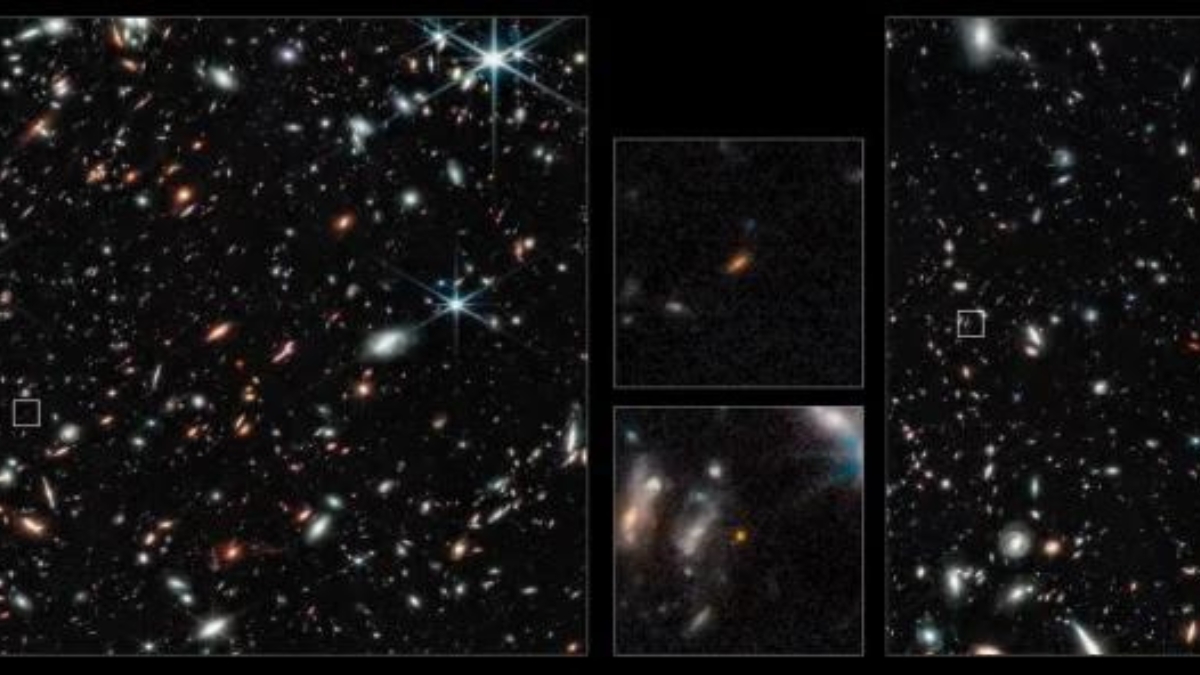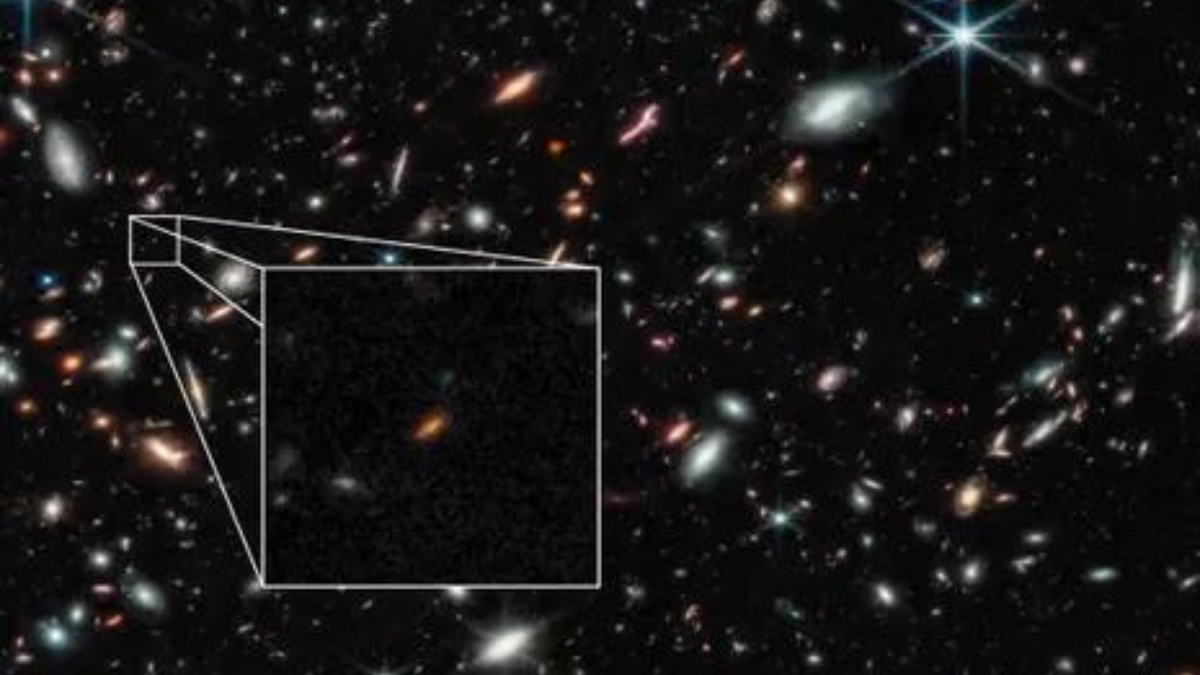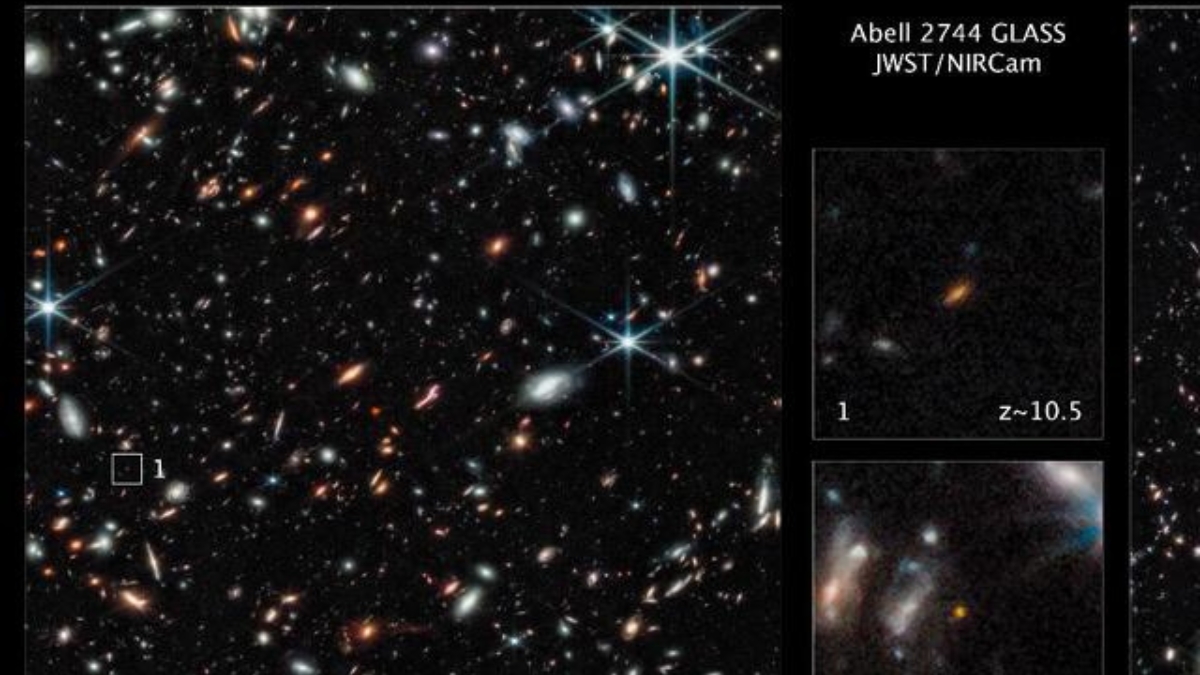
Astrobotic's Peregrine lunar lander encountered bo...
news-extra-space

 Image credit: theguardian[/caption]
When the cosmos is expanding, redshift occurs, shifting light from a distant galaxy to the red end of the spectrum. The galaxy is farther away the stronger the shift. Some galaxies have light that is so far off-axis that it enters the infrared region of the electromagnetic spectrum, where Webb can see it. The redshift of some of the galaxies Webb discovered had been speculated to be as high as 14, but more recent research, which took advantage of improved equipment calibration, suggests that the redshift of the two galaxies is 10.5 and 12.5, respectively.
Also, Read: Watch SpaceX launch its 20th resupply mission to the ISS
In addition, Webb makes use of a phenomena known as gravitational lensing, which occurs when a huge object, such as a galaxy or galaxy cluster, has enough mass to bend space and function as a magnifying glass, enabling scientists to see even more distant galaxies behind it.
The two galaxies that have been spotted are significantly brighter than expected, which is a big surprise. Additionally, they were discovered quite rapidly, within the first few days of Webb observations, raising the possibility that there may be more early galaxies than previously believed.
[caption id="attachment_64286" align="aligncenter" width="1200"]
Image credit: theguardian[/caption]
When the cosmos is expanding, redshift occurs, shifting light from a distant galaxy to the red end of the spectrum. The galaxy is farther away the stronger the shift. Some galaxies have light that is so far off-axis that it enters the infrared region of the electromagnetic spectrum, where Webb can see it. The redshift of some of the galaxies Webb discovered had been speculated to be as high as 14, but more recent research, which took advantage of improved equipment calibration, suggests that the redshift of the two galaxies is 10.5 and 12.5, respectively.
Also, Read: Watch SpaceX launch its 20th resupply mission to the ISS
In addition, Webb makes use of a phenomena known as gravitational lensing, which occurs when a huge object, such as a galaxy or galaxy cluster, has enough mass to bend space and function as a magnifying glass, enabling scientists to see even more distant galaxies behind it.
The two galaxies that have been spotted are significantly brighter than expected, which is a big surprise. Additionally, they were discovered quite rapidly, within the first few days of Webb observations, raising the possibility that there may be more early galaxies than previously believed.
[caption id="attachment_64286" align="aligncenter" width="1200"] Image credit: usnews[/caption]
"We've got it right, and it's really intriguing. The merging of these galaxies would have had to begin perhaps only 100 million years after the Big Bang. Nobody anticipated that the Middle Ages would end so quickly, according to Garth Illingworth, one of the researchers. "The early Universe would have only been a tenth of what it is now. In the 13.8 billion year old, expanding cosmos, it is a tiny fraction of time.
According to the researchers, either the early galaxies were much more massive than previously believed, containing many more stars than anticipated, or they were much less massive, containing stars that shone very brilliantly and were substantially different from the stars we see today. The researchers intend to make additional observations with Webb's spectroscopy equipment to learn more and corroborate the age of these universes.
"What we see is brand-new. Webb is demonstrating to us that the universe is far richer than we had previously thought, according to researcher Tommaso Treu. "The universe has astonished us yet again. These early galaxies have numerous interesting characteristics.
Image credit: usnews[/caption]
"We've got it right, and it's really intriguing. The merging of these galaxies would have had to begin perhaps only 100 million years after the Big Bang. Nobody anticipated that the Middle Ages would end so quickly, according to Garth Illingworth, one of the researchers. "The early Universe would have only been a tenth of what it is now. In the 13.8 billion year old, expanding cosmos, it is a tiny fraction of time.
According to the researchers, either the early galaxies were much more massive than previously believed, containing many more stars than anticipated, or they were much less massive, containing stars that shone very brilliantly and were substantially different from the stars we see today. The researchers intend to make additional observations with Webb's spectroscopy equipment to learn more and corroborate the age of these universes.
"What we see is brand-new. Webb is demonstrating to us that the universe is far richer than we had previously thought, according to researcher Tommaso Treu. "The universe has astonished us yet again. These early galaxies have numerous interesting characteristics.
Leave a Reply






